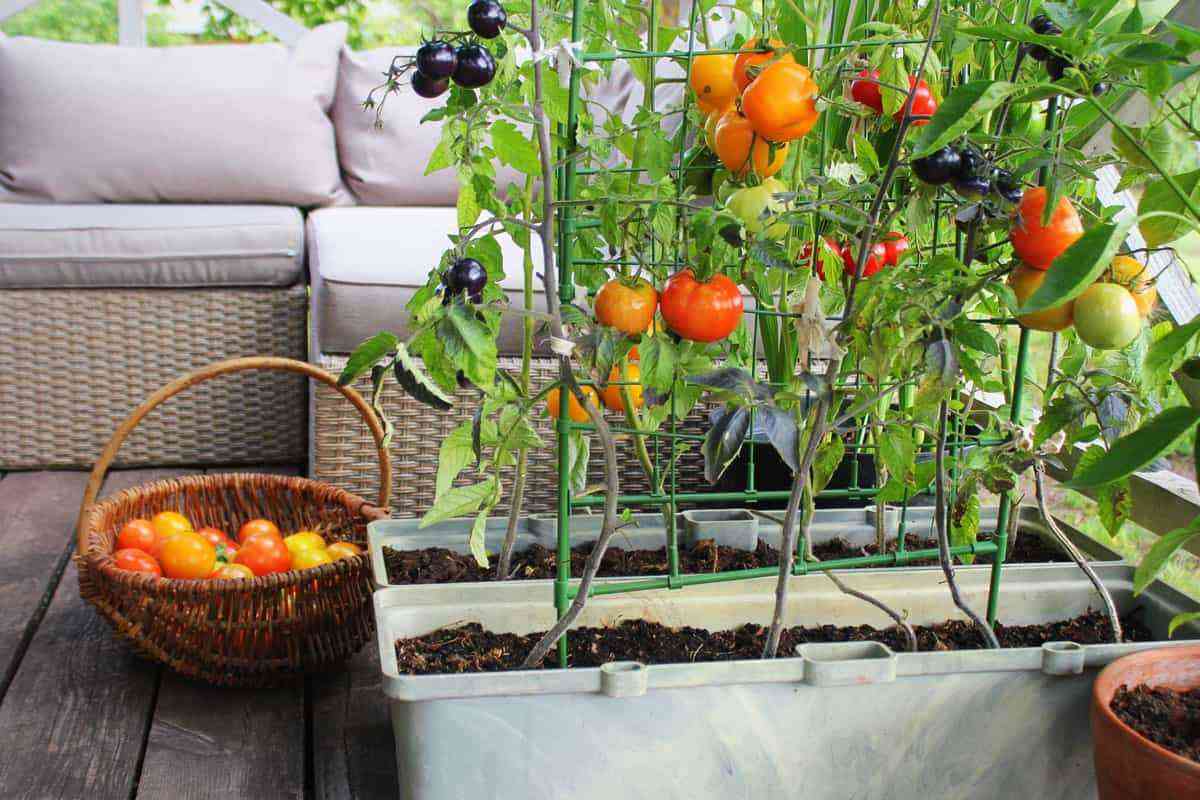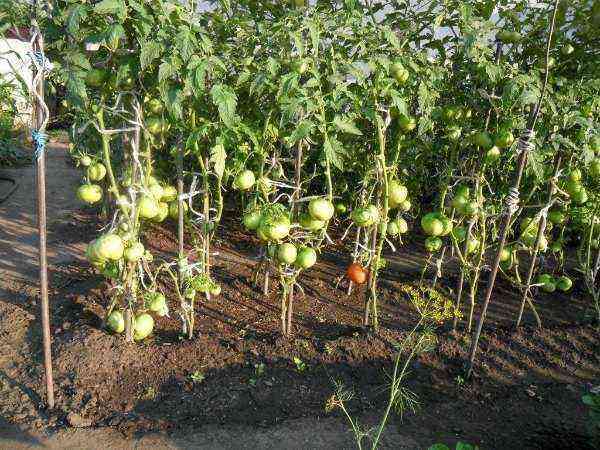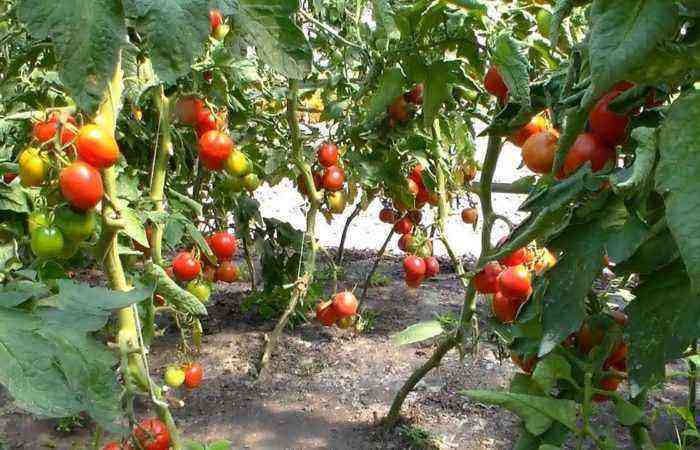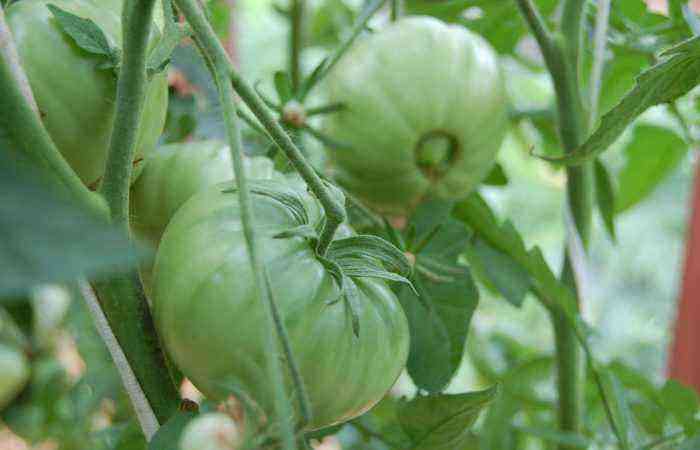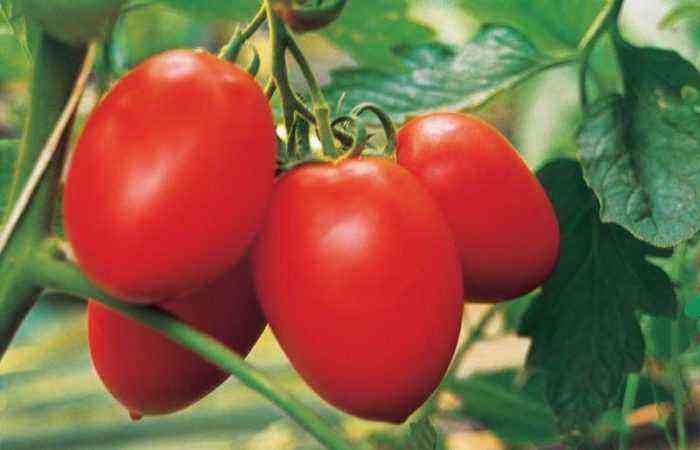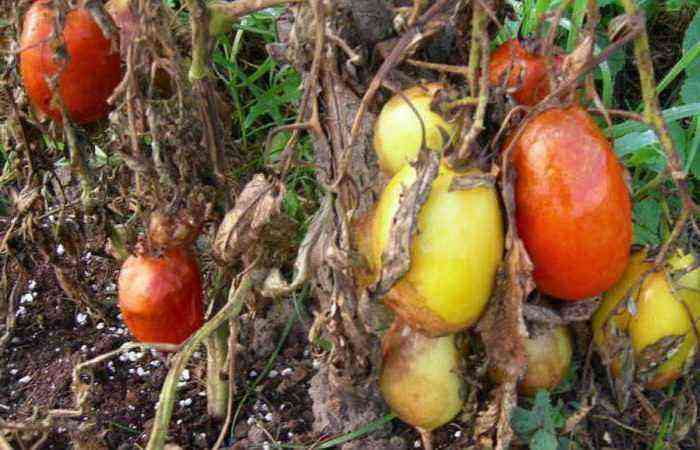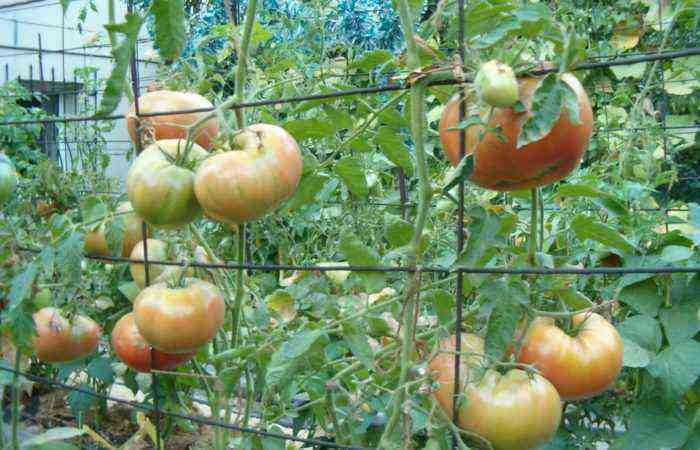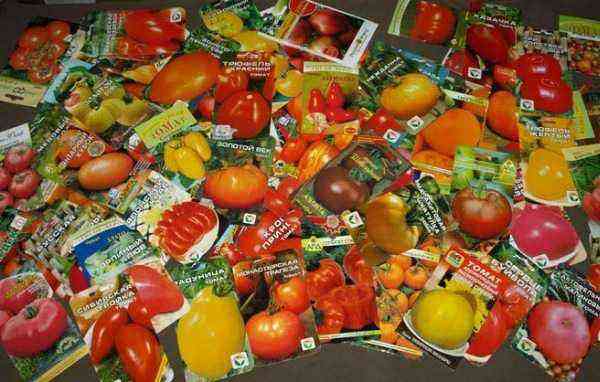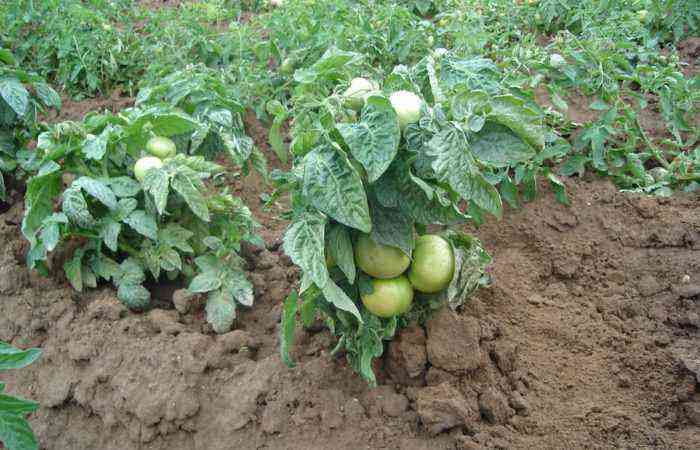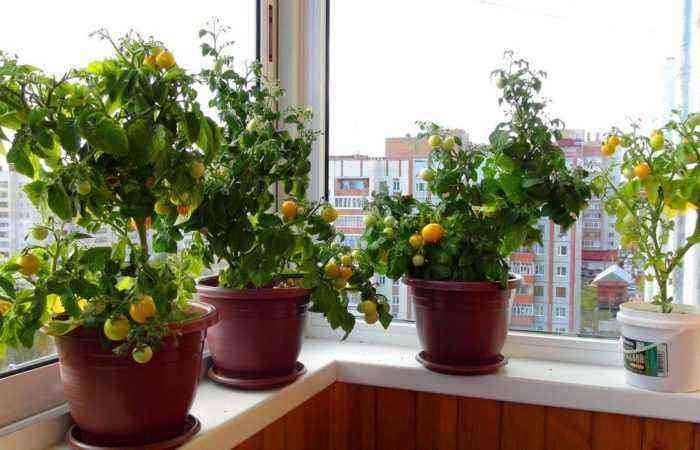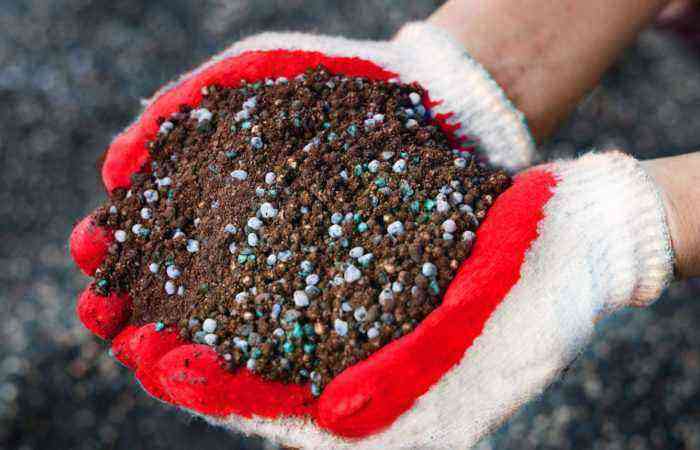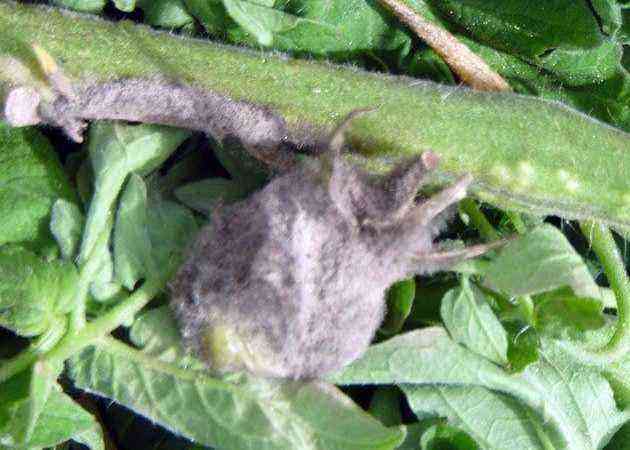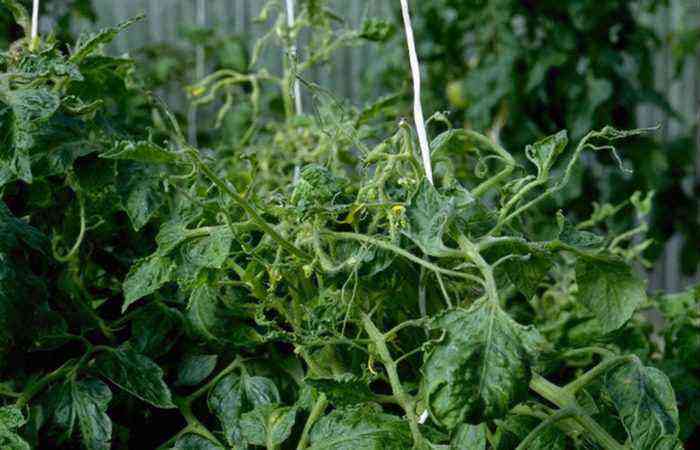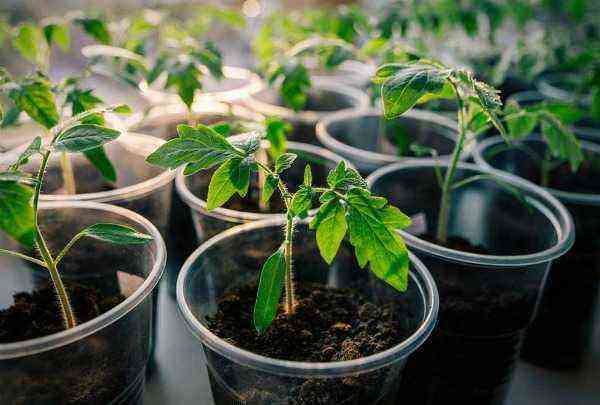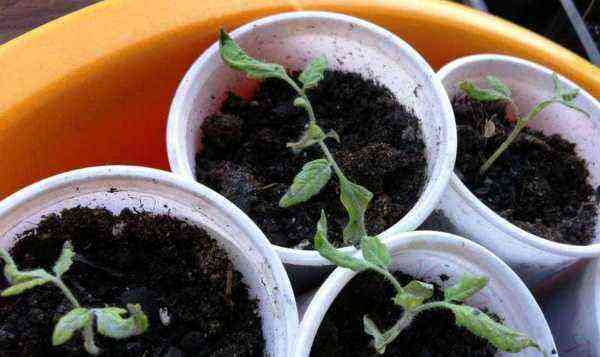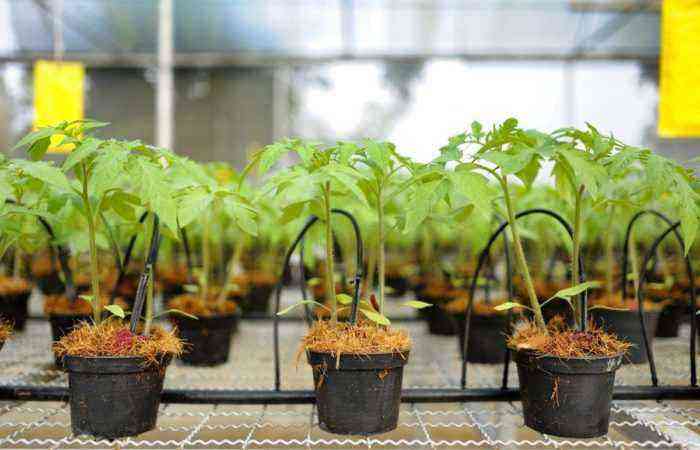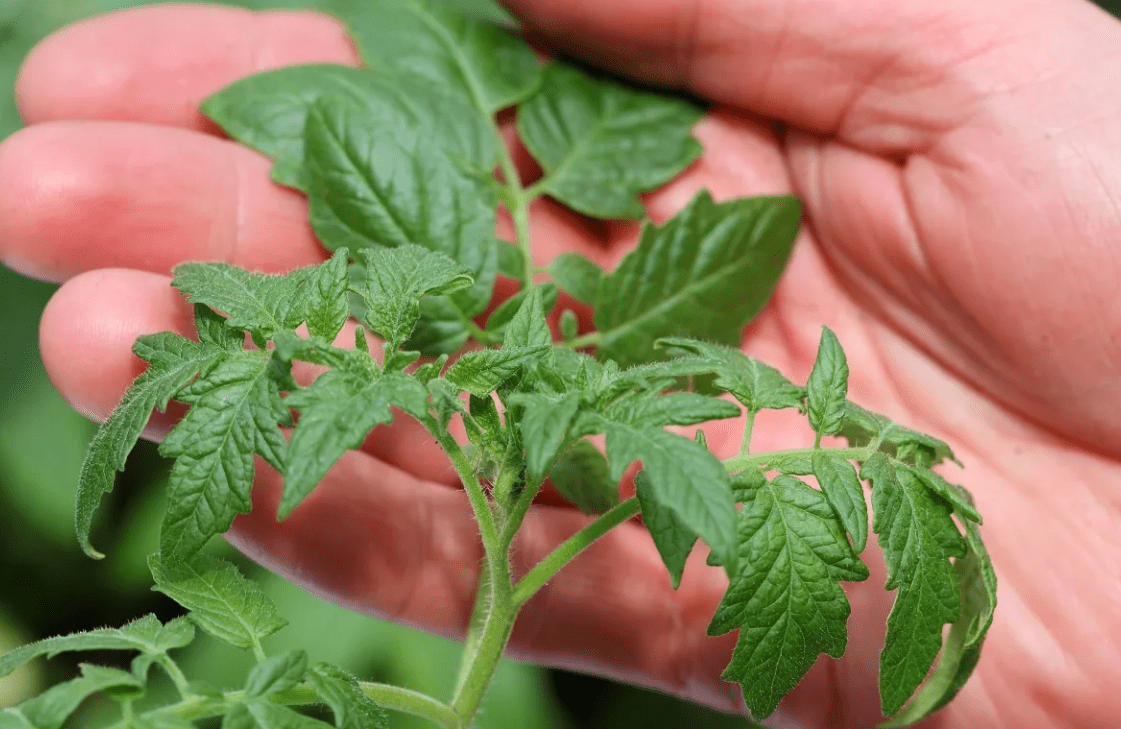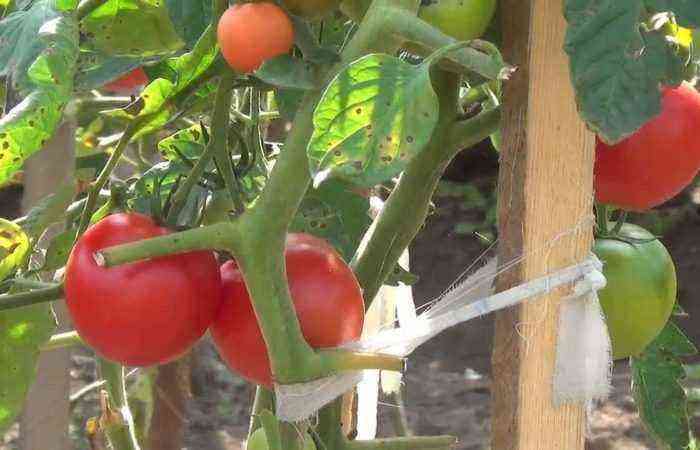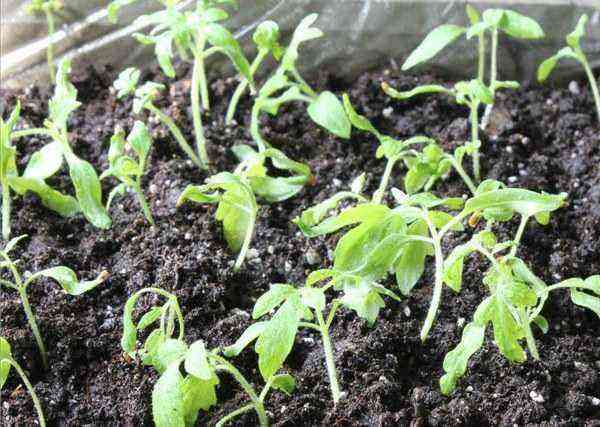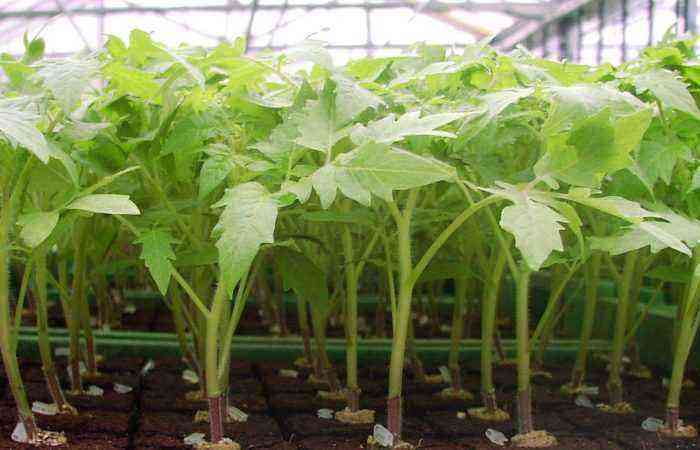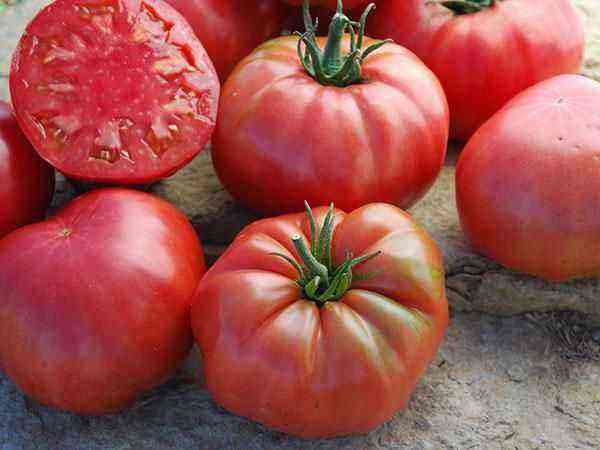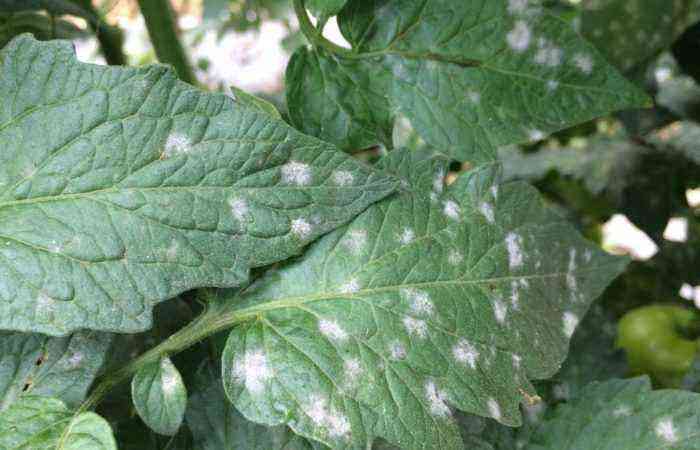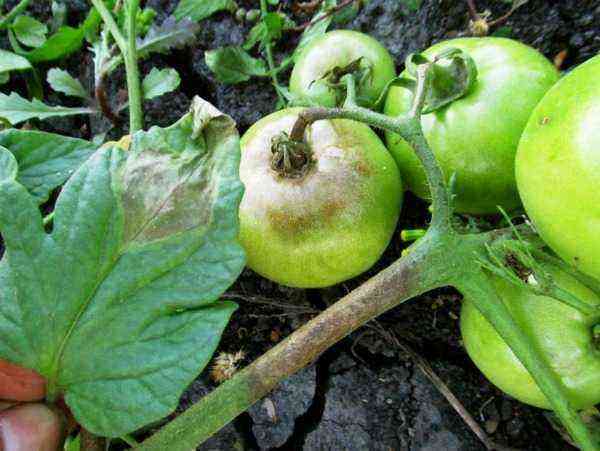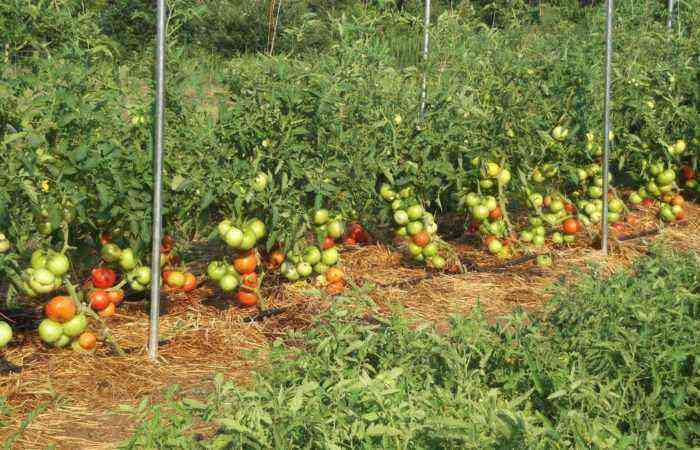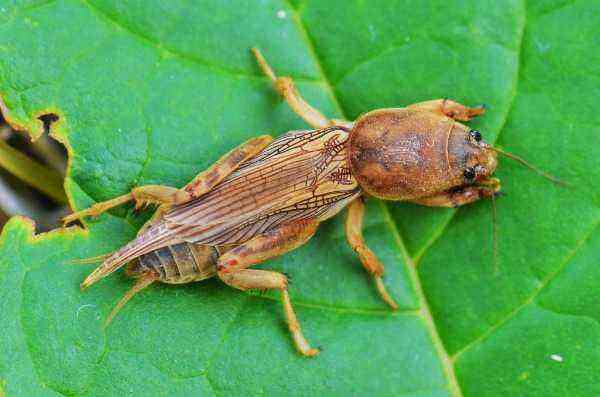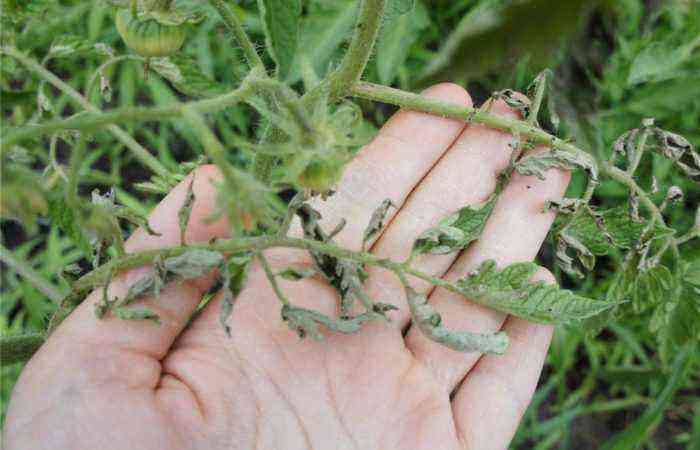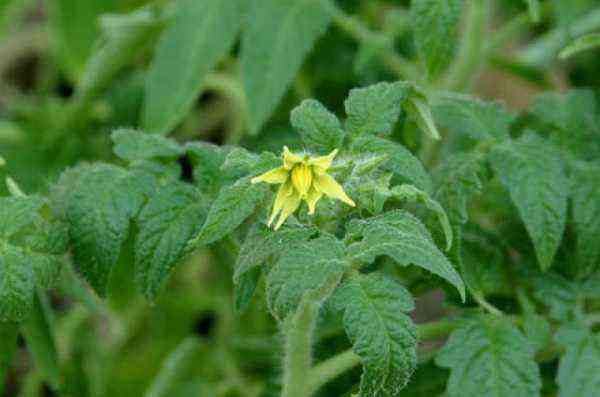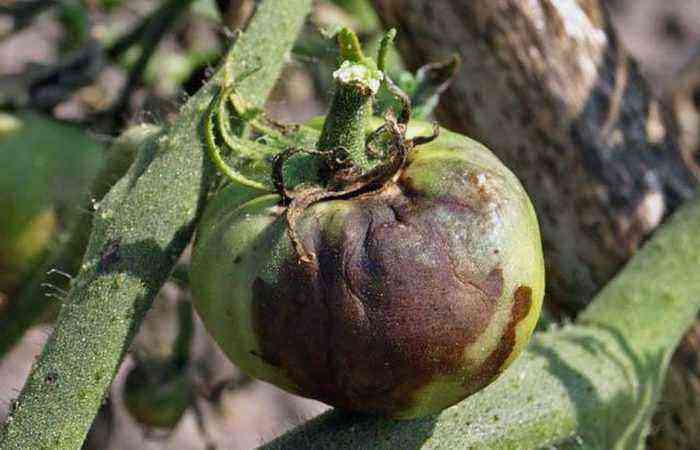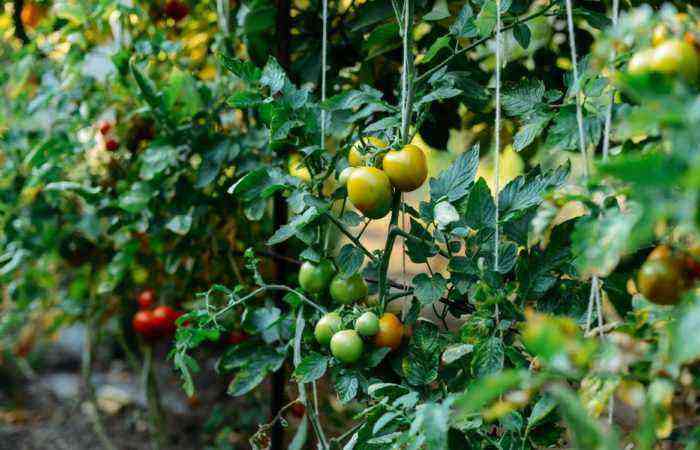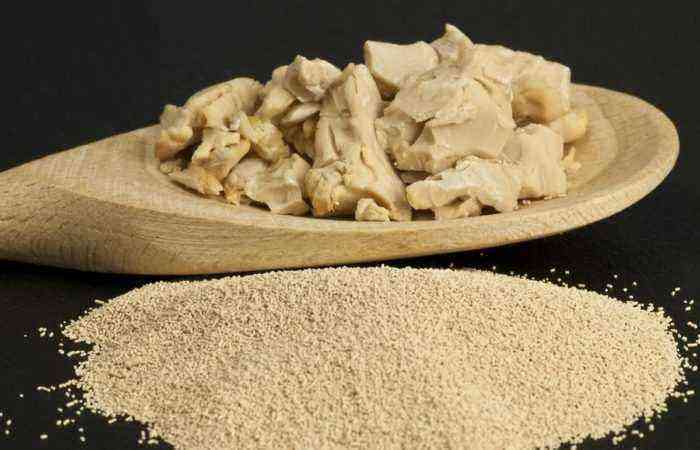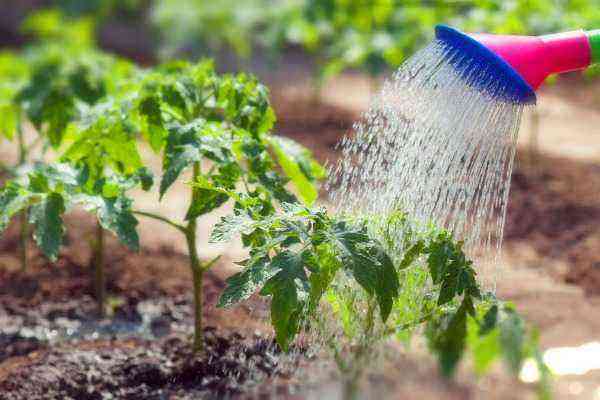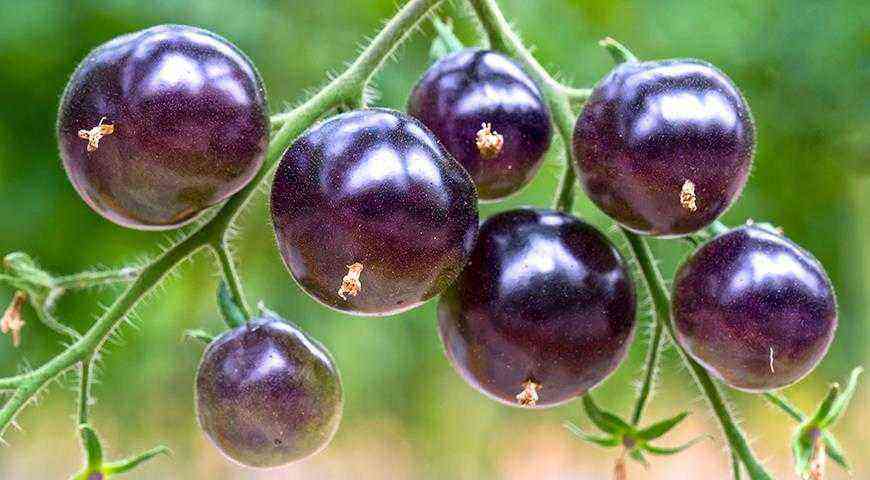A familiar situation: the leaves of tomatoes become covered with spots of various sizes, then the disease affects the stem and fruits. The spots are covered with black bloom, the vegetative organs of the tomato die. Symptoms of the disease are similar to late blight, but the spots are distinguished by clearly defined zoning, remain dry in any weather.
The development of the disease begins at a very early time, which is not characteristic of phytophthora. Most likely, this is another fungal disease – Alternaria. It can cause harm no less than late blight, but it is quite possible to defeat it.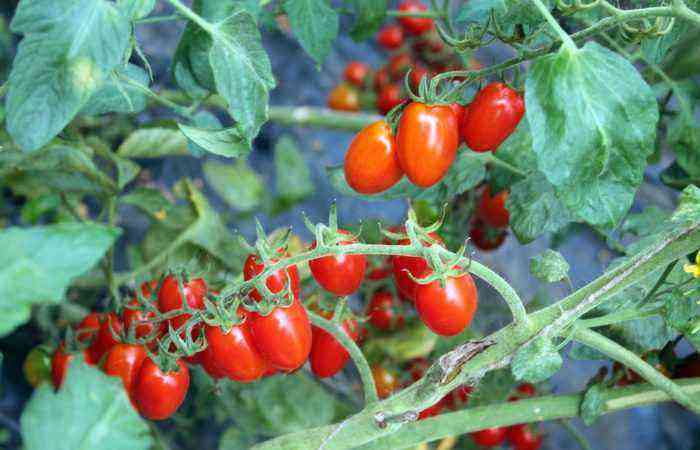
Alternariosis of tomatoes or dry spotting
Other names for the disease are macrosporiosis, dry spotting, brown spotting, early dry spotting.
Causative agent
This is a fungal disease caused by an imperfect fungus of the genus Alternaria (Macrosporium) Alternaria solani Sorauer. The fungus grows inside the tissues of the plant. Numerous smoky-gray conidia, club-shaped. The spores of the fungus, combined in chains, form asexual sporulation and stain the affected areas in dark gray or black.
Signs of the disease
All vegetative organs of the plant are affected by the disease. At the initial stage of the disease, clearly defined dry yellow spots of various sizes appear.
More often they are located along the edge of the sheet and are limited by veins, but later they spread and merge with each other.
On the stems, the spots are oblong, gray-brown in color. They seem to be pressed into the stem. Gradually, the spots become covered with a faint black coating. Spots on fruits are dark brown, rounded, may be depressed. Here, the black plaque formed by conidia of fungal spores is more pronounced.
How and where is it distributed?
The first signs of the disease may appear already at the stage of seedlings in the greenhouse. The spread of the disease begins with the lower leaves and, under favorable conditions and untimely prevention, spreads to petioles, stems and fruits. 
At the same time, spores that have fallen on fruits germinate on already ripening fruits and can destroy a significant part of the crop on the plant and during storage. The most favorable conditions for the development of alternariosis are formed in glass greenhouses. In film greenhouses and open ground, the disease is also dangerous, but the damage occurs at a later stage, during the period of fruit set.
Conditions conducive to the development of Alternariosis of tomatoes
Infection with the disease occurs at different times: seedlings in a greenhouse, plants after planting in the ground, at the beginning of flowering, during fruit ripening.
The favorable temperature for the germination of fungal spores is above 25°C, with alternating rainy days and dry weather, with heavy dews. Conidia are dispersed by wind, rain and irrigation water.
The disease spreads most intensively during temperature changes, light precipitation and dew, when only the plant is wetted and the soil is not sufficiently moistened. In greenhouses, the development of alternariosis of tomatoes occurs with poor ventilation and high humidity.
How to treat alternariosis of tomatoes
Means effective in the fight against alternariosis of tomatoes:
- Quadris.
Systemic fungicide. Through the pores of the leaves, the drug penetrates into the tissues, inhibits the germination of spores of the fungus and its hyphae. It is used as an effective drug for prevention and treatment when the first signs of the disease appear. Its effectiveness decreases when the disease enters a late stage of development. Processing is carried out by small-drop irrigation with a freshly prepared solution.
The consumption of the drug should allow complete irrigation of the leaves, but not drain onto the soil. The solution is prepared in accordance with the instructions and is mainly 5 ml per 10 liters of water.
- Acrobat MC.
It is a systemic contact fungicide. Available in the form of water-soluble granules. The composition of the active substance contains Dimethomorph and Mancozeb, which inhibit the development of fungi. The first treatment is carried out for preventive purposes when the first signs of damage appear. Repeat treatments during the growing season after 10-14 days and finish at least 30 days before harvest. The solution is prepared according to the instructions (about 20 g per 5 liters of water).
- Order.
Active ingredients:
- copper oxychloride, which has a long-term effect on the inhibition of pathogenic fungi;
- cymoxanil, has a systemic effect, that is, it penetrates into the leaves and stems and completely suppresses pathogenic cells an hour after treatment.
The drug can be used both for the prevention of disease in healthy plants, and for therapeutic and eradicating purposes, it is most effective in the initial stages of the disease. Preventive spraying is carried out after the appearance of the 5th leaf. The interval between treatments is up to two weeks, the consumption of the drug is 5-8 liters per 1 weave. Picking a tomato can be done a week after processing.
- Sectin Phenomenon.
This is a combined fungicide containing the active ingredient of fonamidone and mancozeb, available in the form of water-dispersible granules. The drug significantly inhibits the germination of fungal spores and prevents the development of mycelium. It is effective at all stages of the development of the disease and as a prophylactic agent.
Retains a damaging effect on the causative agent of Alternaria for 15 days, but with severe damage and rapid development of plants, the treatment must be repeated every 7 days. At the same time, the therapeutic effect of the drug is not very strong, preventing sporulation and damage to new areas.
- Ridomil Gold MC.
Combined fungicide, active ingredients mancozeb and mefenoxam. It has a protective, healing and eradicating effect, penetrating into the cells of the plant, provides external and internal protection even for new growths that have not been processed. It is not washed off by rain and remains effective under the most adverse conditions. Available in the form of water-dispersible granules. At the same time, it affects pathogens of late blight and downy mildew.

- Polyram.
The drug is used for prevention purposes. It blocks the germination of fungal spores and prevents pathogens from entering the plant. It is important not to miss the first signs of the appearance of necrosis and after 5-7 days to carry out the treatment in order to prevent the formed conidia from infecting other plants.
It is recommended to carry out three sprayings during the growing season with an interval of 7-10 days and stop with the appearance of the first ovaries. For 1 weave, no more than 6 liters of solution are consumed.
Analogues of the drug are copper oxychloride, Polycarbocin, Mancozeb.
Features of the treatment of tomatoes in the greenhouse and open field
High humidity and temperature in the greenhouse create conditions for the development of the disease, so it is necessary to provide ventilation and control the level of humidity. The main control measure is prevention.
Preventive spraying starts at the stage of seedling production and continues throughout the growing season.
In open ground, the most effective fungicides are: Sectin Phenomenon (1-1,25 kg/ha), Ridomil Gold MC (2 kg/ha), Acrobat MI (5 kg/ha), Poliram (2-2,5 kg/ha). ha), Ordan (3-2,5 kg/ha). Preventive treatments begin at the time of planting or the first signs of the disease.
Treatment of contaminated soil
Since the spores and mycelium of the fungus are in the surface layer of the soil and the remaining plant debris, deep plowing in early autumn contributes to the death of the pathogen. The turnover of the soil layer creates conditions for the decay of organic matter, and the fungus Alternaria does not tolerate putrefactive processes.
Soil disinfection is carried out with Bordeaux liquid (3% solution), Oxyhom (2%), copper oxychloride. If the lesion was minor, safer drugs can be used: Trichomedrin. Phytosporin. Glyocladin.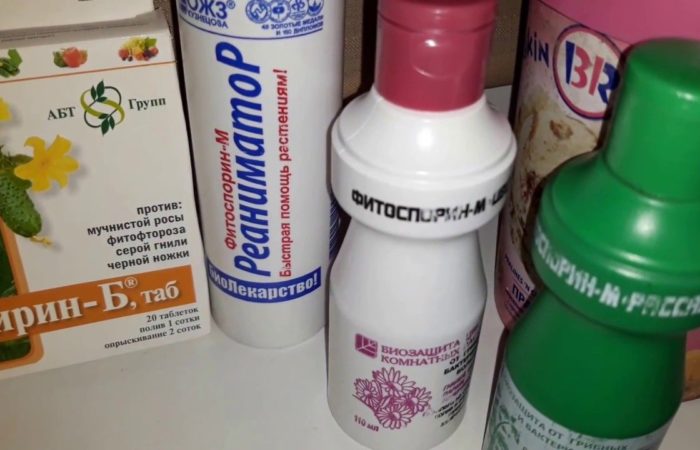
Variety resistance of tomatoes to Alternariosis
There are no varieties of tomatoes that are completely resistant to Alternariosis, but common varieties are less susceptible to infection than others: Lyana, Salting Miracle, Orange Giant, Paradise Delight, De Barao, Little Prince, Academician Sakharov, Heart of America.
disease prevention
- Treatment of plants with Trichodermin.
in April-May allows not only to provide biological protection, but also to strengthen immunity, accelerate growth and increase soil fertility. Its action is based on the development of spores and mycelium of the Trichoderma antagonist fungus, which, multiplying, secrete antibiotics and biologically active substances that can destroy spores and mycelium of Alternaria and other harmful organisms.
For prevention, when planting seedlings, 3-4 ml of the drug is added to each well in the form of a 1-2% solution. Spraying of plants is carried out in accordance with the manufacturer’s recommendations.
- Destruction of plant remains.
Since the mycelium of the fungus overwinters on the plant remains of plants affected by the disease, it is necessary to destroy them in a timely manner. The spores of the fungus are also stored on the remains of fruits and in the upper soil layer.
- Compliance with crop rotation.
Among agrotechnical measures, one of the most important is the choice of predecessors. It should be legumes, perennial herbs, cucumbers, onions. It is unacceptable to grow tomatoes after potatoes, peppers, eggplant, cabbage and tomatoes (at least 3 years).
- Fertilizers with potassium.
Significantly increases the resistance of tomato to Alternaria blight full mineral nutrition with a high content of potassium (N45P60K60).
As with many diseases, in the fight against Alternaria, the main thing is not to treat, but to prevent. There are enough ways and effective drugs for this.
